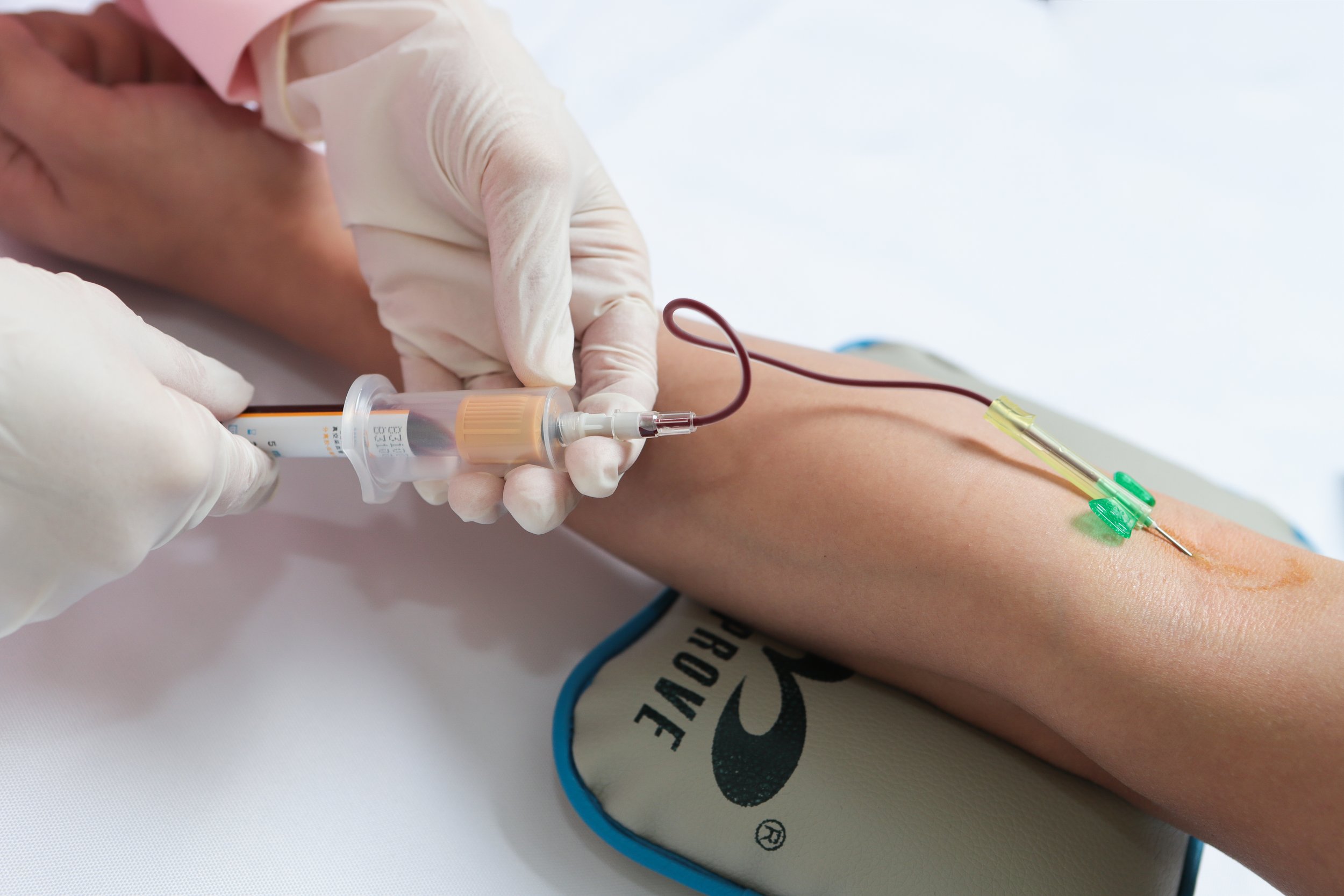Benefits of Automation in Medical Labs and Phlebotomy Services: Efficiency, Accuracy, and Reduced Supply Chain Reliance
Summary
- Automation in medical labs and phlebotomy services can increase efficiency and accuracy in testing processes.
- Reducing reliance on international supply chains can lead to better control over inventory management and reduce costs.
- Implementing automation can also improve turnaround times and patient care in healthcare facilities.
Introduction
The United States healthcare system relies heavily on international supply chains for various medical supplies and equipment, including those used in medical labs and phlebotomy services. However, recent global events, such as the Covid-19 pandemic, have highlighted the vulnerabilities of relying on foreign suppliers for critical healthcare needs. As a result, there is a growing interest in implementing automation in medical labs and phlebotomy services to decrease reliance on international supply chains. This article will explore how automation can help achieve this goal and its potential benefits for healthcare facilities in the United States.
Increased Efficiency and Accuracy
One of the primary advantages of automation in medical labs and phlebotomy services is the increased efficiency and accuracy it brings to testing processes. By automating tasks such as Sample Handling, testing, and result reporting, healthcare facilities can reduce the risk of human error and improve the reliability of Test Results. This is especially important in critical situations where the accuracy of Test Results can impact patient care and outcomes.
Benefits of Automation in Medical Labs and Phlebotomy Services:
- Streamlined Sample Handling and testing processes
- Improved accuracy and reliability of Test Results
- Reduced risk of human error
Reduced Reliance on International Supply Chains
Implementing automation in medical labs and phlebotomy services can also help healthcare facilities reduce their reliance on international supply chains for critical supplies and equipment. By automating tasks that were previously done manually or outsourced to foreign suppliers, facilities can better control their inventory management and reduce the risks associated with disruptions in the Supply Chain. This can lead to cost savings and improved sustainability for healthcare facilities in the long run.
Benefits of Decreasing Reliance on International Supply Chains:
- Improved control over inventory management
- Reduced costs associated with international procurement
- Enhanced sustainability and resilience of healthcare facilities
Improved Turnaround Times and Patient Care
Another key benefit of implementing automation in medical labs and phlebotomy services is the improved turnaround times for Test Results and, ultimately, patient care. Automation can help streamline testing processes, reduce bottlenecks, and increase the efficiency of healthcare facilities, leading to faster diagnostic results and treatment decisions. This can have a significant impact on patient outcomes, especially in critical care situations where time is of the essence.
Benefits of Automation for Turnaround Times and Patient Care:
- Faster diagnostic results and treatment decisions
- Improved patient outcomes and satisfaction
- Enhanced efficiency and productivity of healthcare facilities
Conclusion
Automation in medical labs and phlebotomy services has the potential to significantly reduce reliance on international supply chains for critical healthcare needs. By increasing efficiency, accuracy, and turnaround times, automation can help healthcare facilities improve patient care outcomes, reduce costs, and enhance sustainability. As the healthcare industry continues to evolve and adapt to new challenges, the implementation of automation will play a crucial role in shaping the future of medical labs and phlebotomy services in the United States.

Disclaimer: The content provided on this blog is for informational purposes only, reflecting the personal opinions and insights of the author(s) on the topics. The information provided should not be used for diagnosing or treating a health problem or disease, and those seeking personal medical advice should consult with a licensed physician. Always seek the advice of your doctor or other qualified health provider regarding a medical condition. Never disregard professional medical advice or delay in seeking it because of something you have read on this website. If you think you may have a medical emergency, call 911 or go to the nearest emergency room immediately. No physician-patient relationship is created by this web site or its use. No contributors to this web site make any representations, express or implied, with respect to the information provided herein or to its use. While we strive to share accurate and up-to-date information, we cannot guarantee the completeness, reliability, or accuracy of the content. The blog may also include links to external websites and resources for the convenience of our readers. Please note that linking to other sites does not imply endorsement of their content, practices, or services by us. Readers should use their discretion and judgment while exploring any external links and resources mentioned on this blog.
